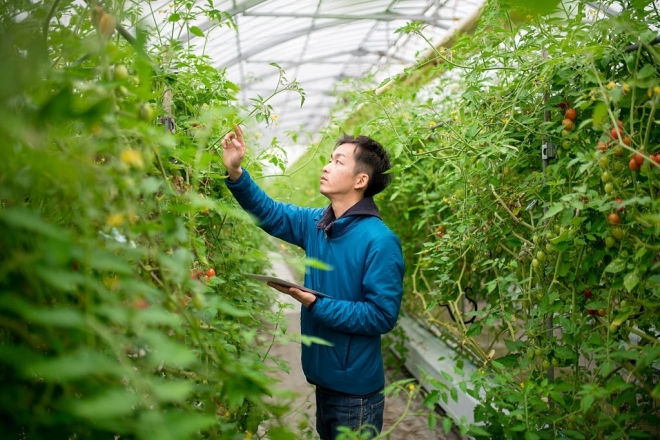With the growing food supply being preserved longer, there are also greater possibilities of it being wasted. Food scientists have used different methods to reduce food waste.
What are some of the ways that science has reduced food waste? Humberto Avila Ojeda, a food science technician working at Garden Master in Bensalem, Pennsylvania, US has shed light on several of these different techniques.

1) Hurdle technology
Working in food safety, Avila says that hurdle technology is the most visible of these strategies. Hurdle technology relies on multiple barriers to prevent microbial growth or reduce it by applying more than one type of treatment (e.g., heat and acidity).
This strategy has been used for decades in the food industry to extend product shelf-life.
2) Modified atmosphere packaging
Another strategy that Avila says is used in food processing is modified atmosphere packaging (MAP). This refers to the modification of the internal atmosphere surrounding a product with inert gases. This technique has been successfully applied to meats and fruits.
When we use MAP packaging on our food products, we can extend the shelf-life of our products and this reduces the probability of food waste.
3) Investments in improved packaging
The USDA and other organizations continue to invest in packaging research and development. Avila says that scientists have realized the need to support packaging technology research to reduce food loss and waste while improving the quality and safety of meat, poultry, and processed egg products throughout their shelf-life.
One example of this is in the year 2020, in which the National Institute of Food and Agriculture (NIFA) invested $40 million into food science and safety research like developing new methods and types of food processing systems so that we can more effectively control salmonella. This research will ensure that we don’t have to waste as much meat.
4) Closed-loop commercial composting
Another strategy that Avila says is used in food processing is closed-loop commercial composting. This refers to the technique of recovering value from food waste through anaerobic digestion.
This means that we can divert organic materials such as leftover food scraps and agricultural byproducts from landfills and send them to a facility where they can be transformed into beneficial byproducts. The mechanized process is also much faster than waiting for nature to consume the organics naturally, meaning that we have a more efficient way to compost and therefore a more efficient way to grow more food.
5) Anaerobic digestion
Anaerobic digestion is a process that breaks down organic material in the absence of oxygen. It takes place primarily in three types of reactors: continuously stirred tank reactors (CSTRs), plug flow reactors (PFRs), and up-flow anaerobic sludge blanket (UASB).
The process is done by bacteria, which break down organic material using hydrogen, carbon dioxide, and methane. This technique allows us to speed up the process of compounding in landfills while at the same time reducing greenhouse gas emissions that cause climate change.
Conclusion
As Humberto Ojeda Avila has clearly shown, there are many different ways in which science has helped reduce food waste. Such strategies not only reduce food spoilage but also save consumers time and money when they shop for groceries.
And with the growing impact of climate change, it is important to save as much food from going into landfills as possible.
In the next few years, new technologies will likely enable a greater amount of food to be recycled and therefore reduce the amount of food waste even more!
